Road Test: Ford 2023 Escape PHEV
Clean Fleet Report
DECEMBER 11, 2023
The Natural Bridge to an EV Escaping the High Price of Fuel The natural bridge from a gasoline-powered car to an electric vehicle is a plug-in hybrid electric vehicle (PHEV). The 2023 Ford Escape PHEV compact SUV is a fine example of not only being efficient but also versatile. Two gasoline engines—a 1.5-liter








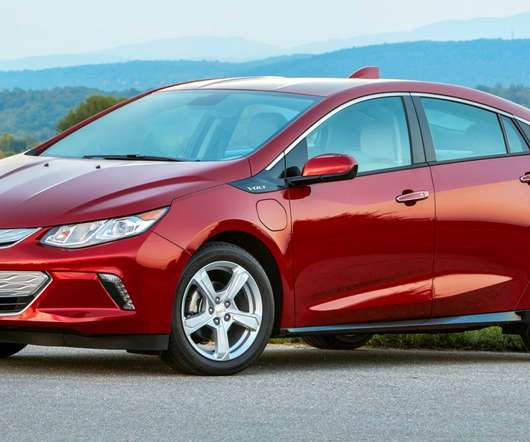
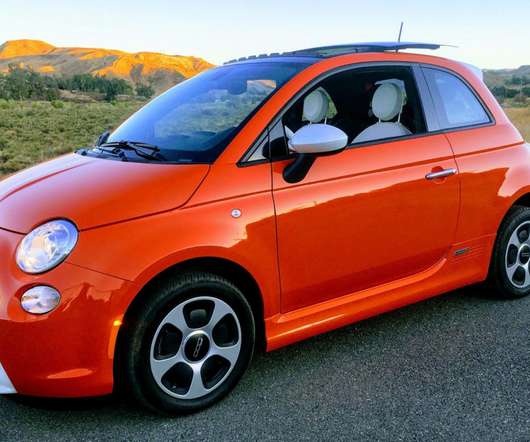
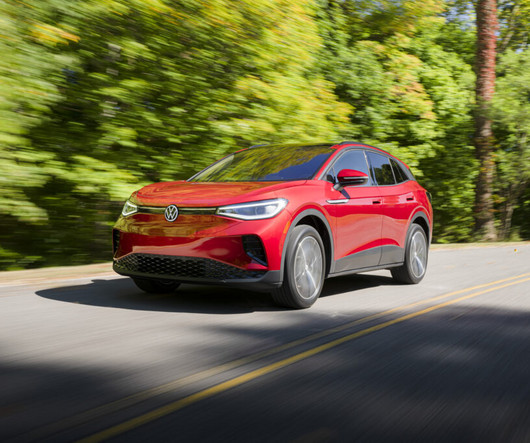


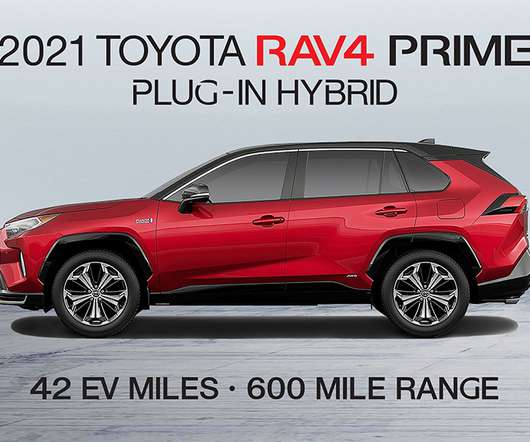





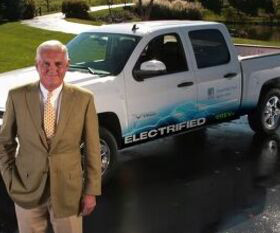
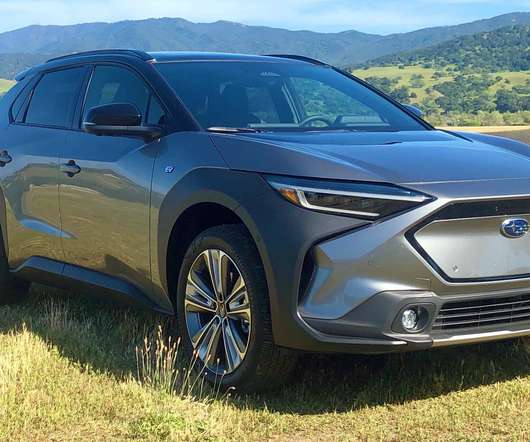





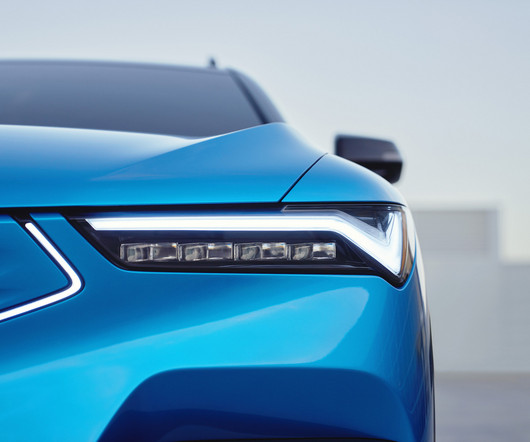

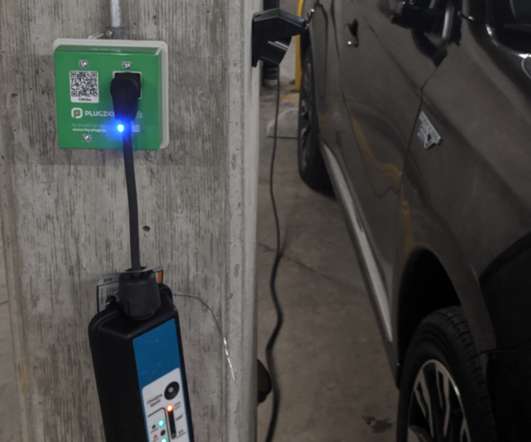



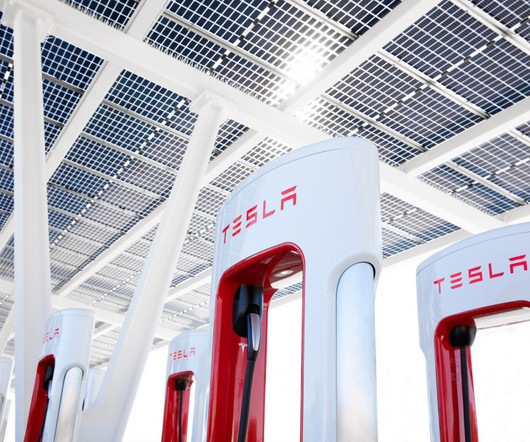






Let's personalize your content